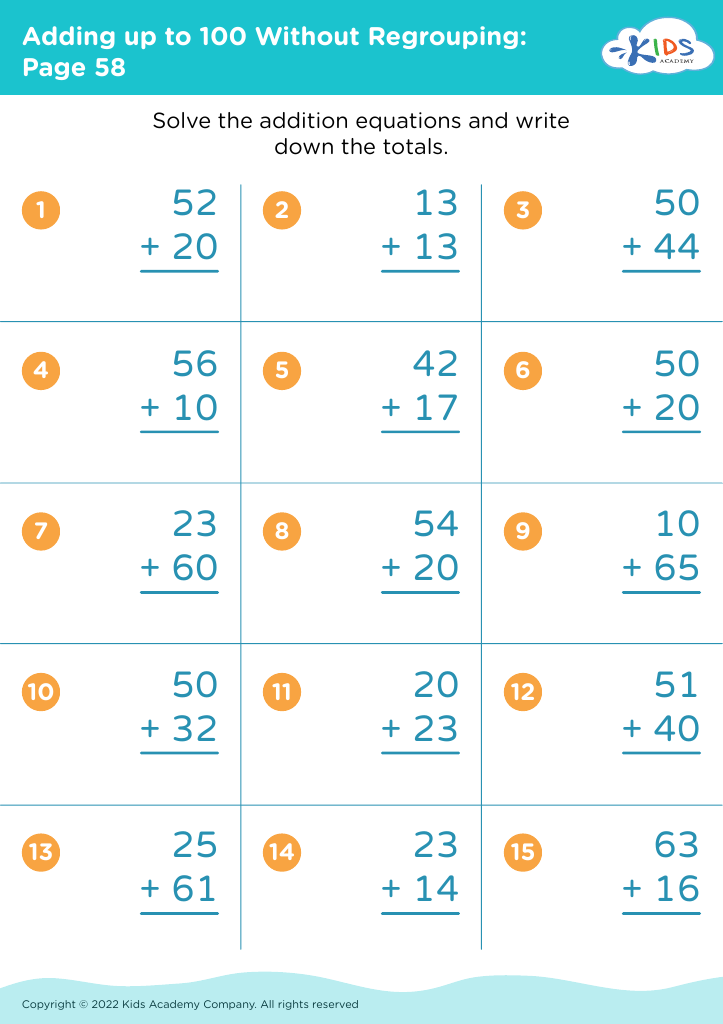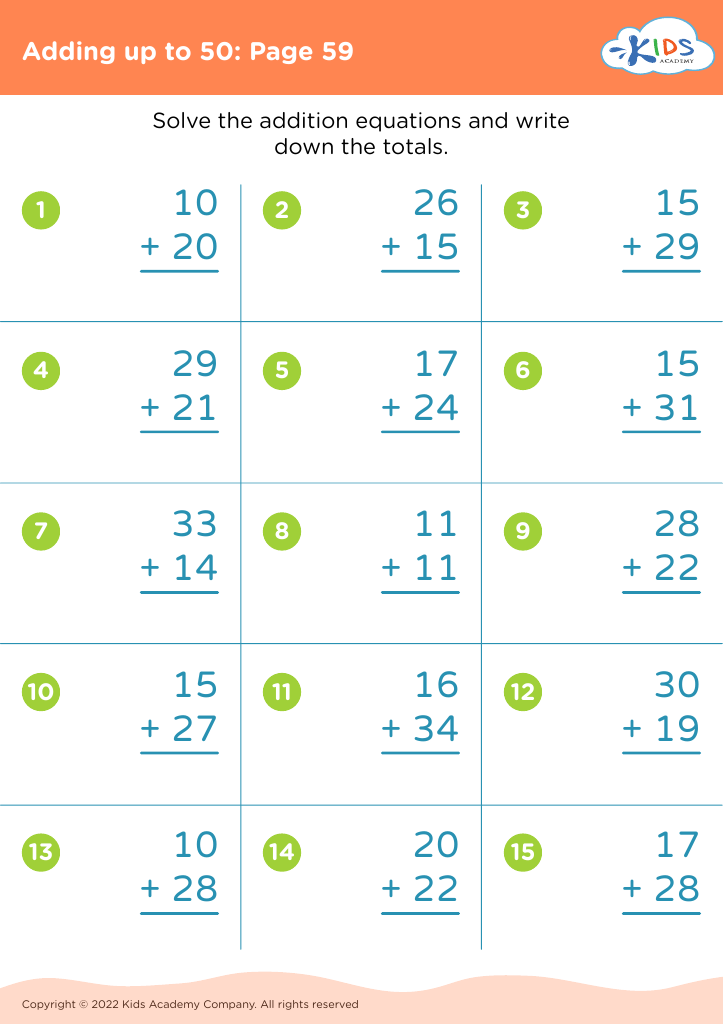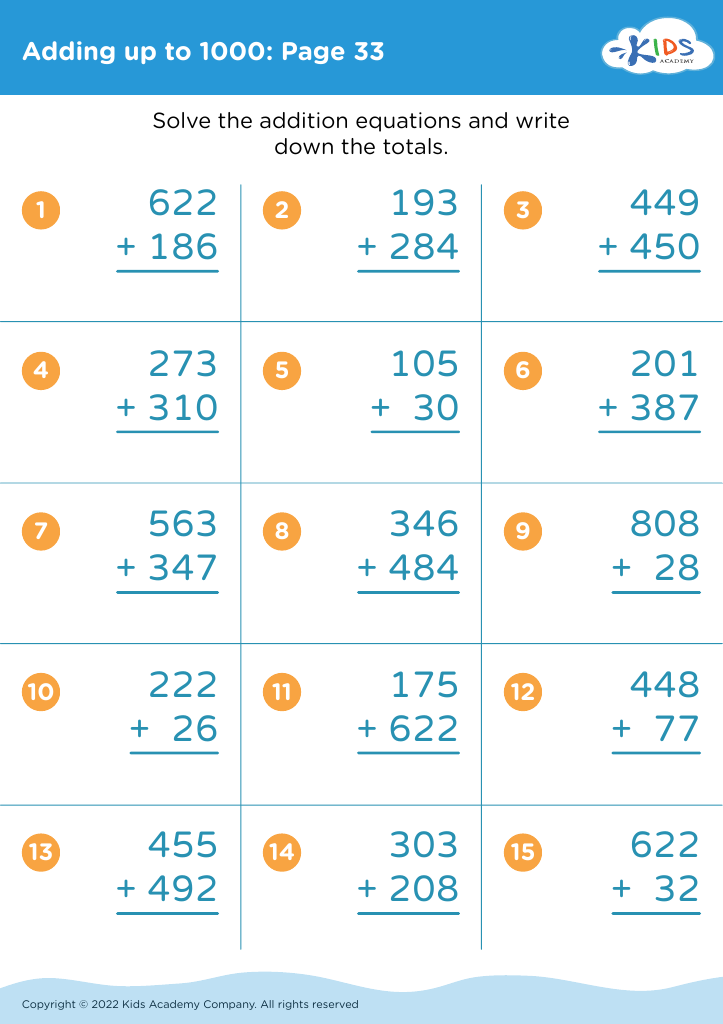Understanding sequence Worksheets for Ages 6-8
8 filtered results
-
From - To
Explore our "Understanding Sequence Worksheets" designed for children ages 6-8! These engaging worksheets help young learners develop critical thinking and organizational skills by mastering the concept of sequence. Through a variety of fun activities, children will learn to arrange events in order, comprehend logical progressions, and enhance their storytelling abilities. Perfect for both classroom and at-home practice, our worksheets aim to make learning enjoyable while strengthening your child's understanding of sequence! Each activity promotes cognitive development, memory recall, and early literacy skills. Dive into our resources today and empower your child to recognize and create coherent sequences in their daily routines and storytelling!
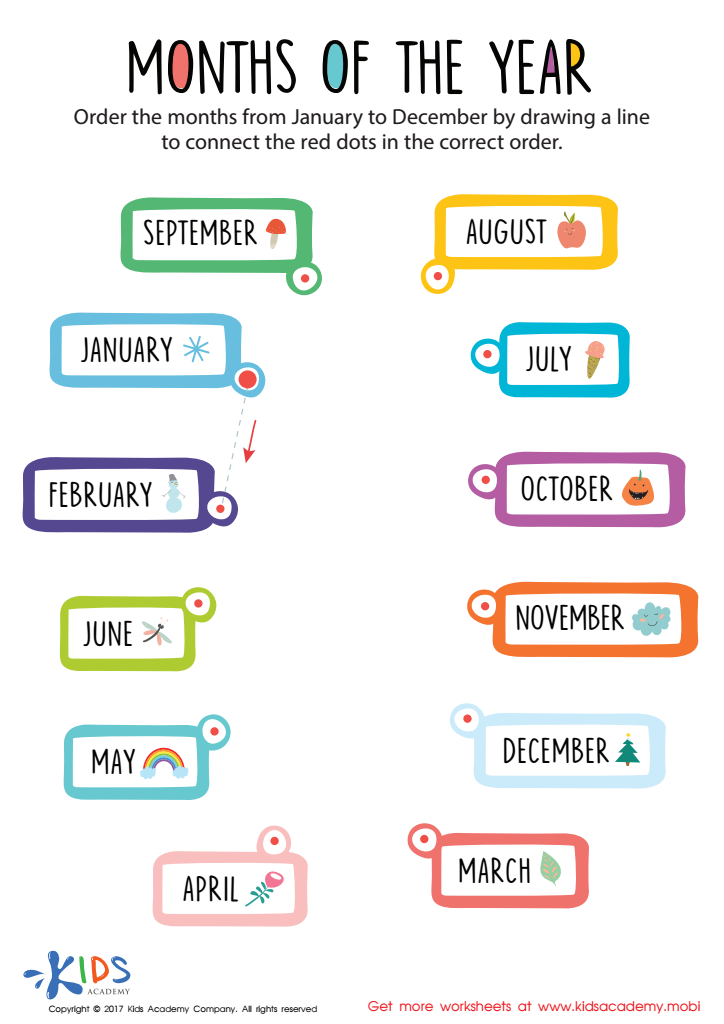

Months of the Year Worksheet
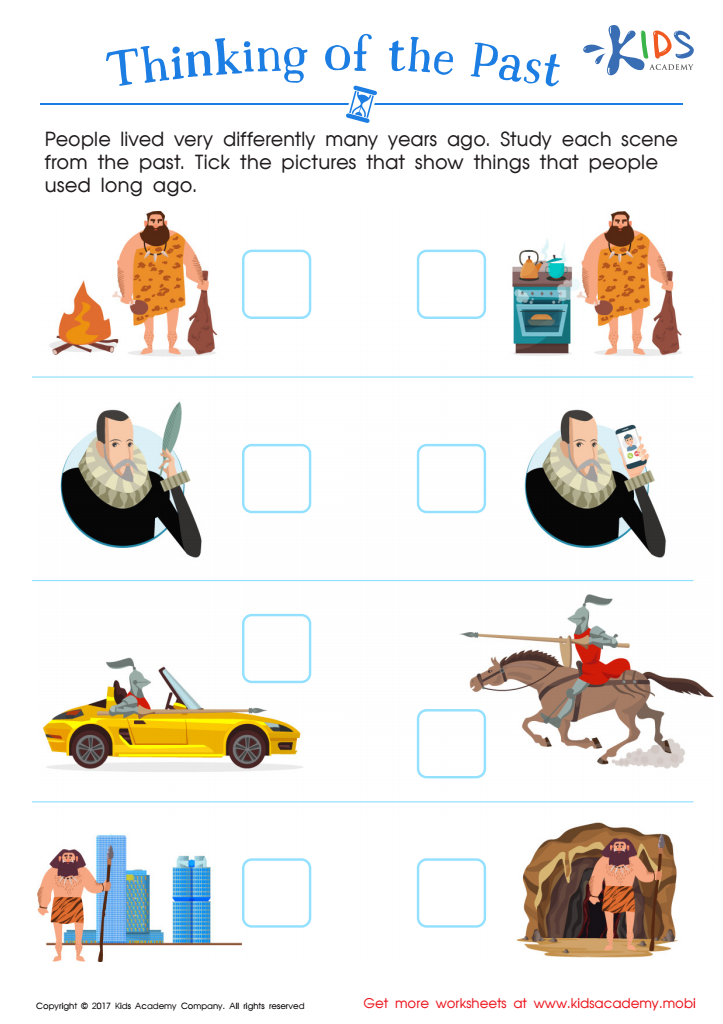

Thinking Past Printable
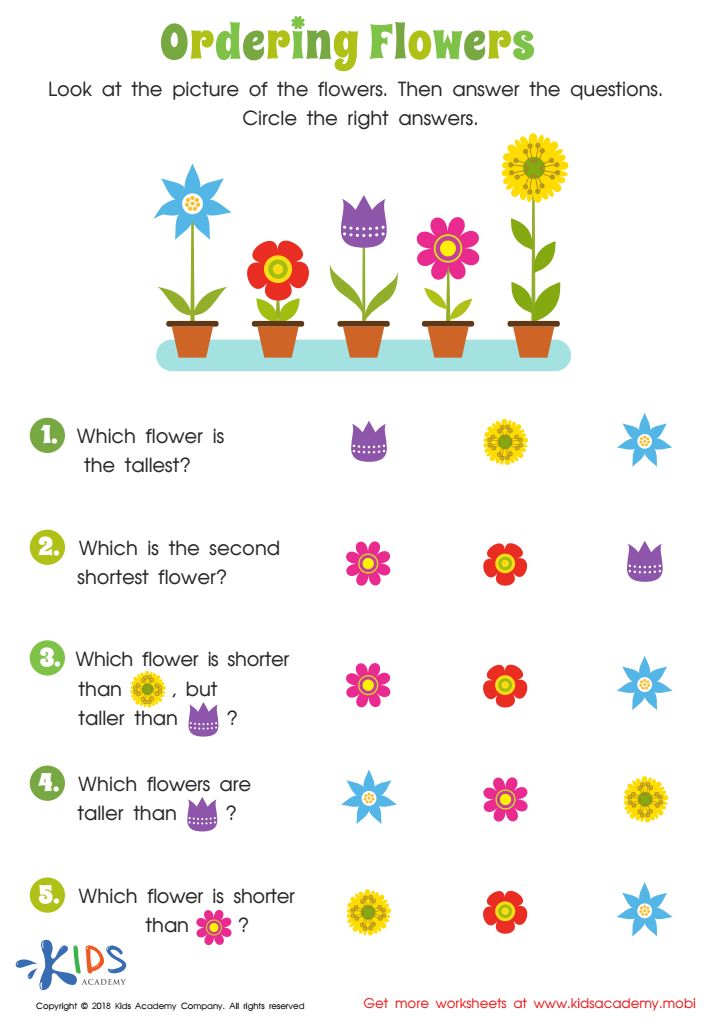

Ordering Flowers Worksheet
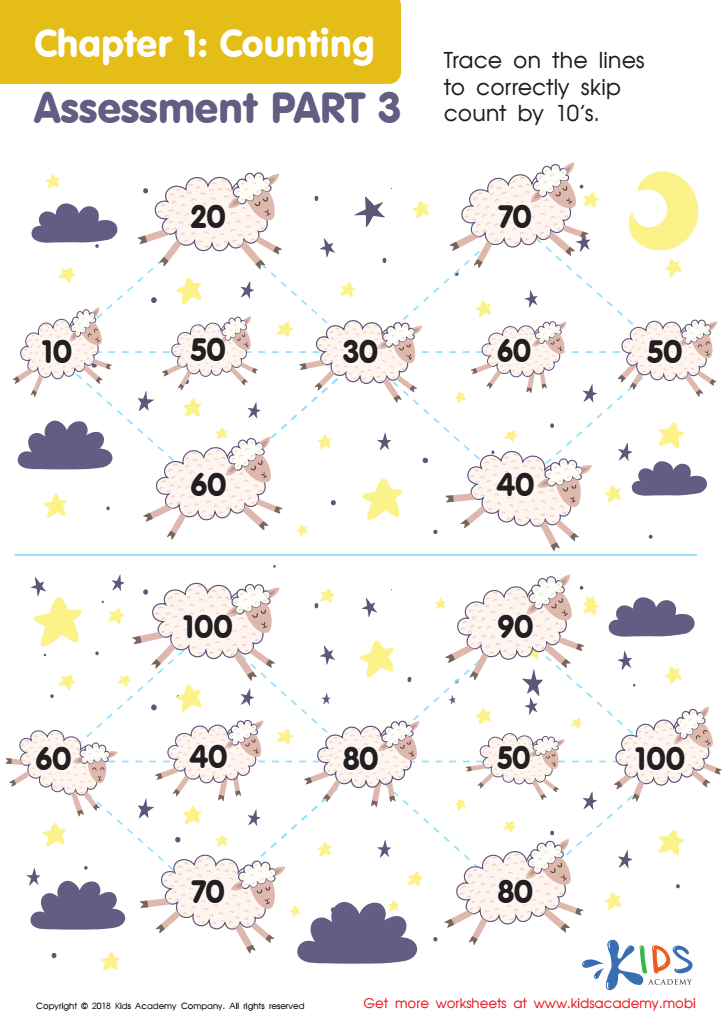

Counting: Assessment 3 Worksheet
Understanding sequences is crucial for children ages 6-8, as it lays the foundation for critical thinking and problem-solving skills. At this stage, learners begin to grasp the concept of order—whether in numbers, letters, or events—which is fundamental to many areas of academic and daily life.
Firstly, recognizing patterns and sequences enhances mathematical skills. It helps children understand numerical operations, predict outcomes, and solve problems efficiently. For example, understanding counting sequences aids in mastering basic addition and subtraction.
Moreover, sequences are essential in reading and comprehension. When children can identify the order of events in a story, they improve their ability to summarize and analyze narratives, fostering better literacy skills.
Additionally, sequences are intrinsic to daily routines and logic. Children who can follow a sequence develop competencies like planning, organization, and time management.
Lastly, as children learn to recognize the significance of sequences, they are equipped with better strategies to approach learning in general. Parents and teachers, therefore, should prioritize teaching sequences, as this helps cultivate independent, coherent thinkers who are well-prepared for more advanced concepts in both academics and real life. Understanding sequences is not just about order; it’s about fostering the very skills that enable future learning and growth.
 Assign to My Students
Assign to My Students

